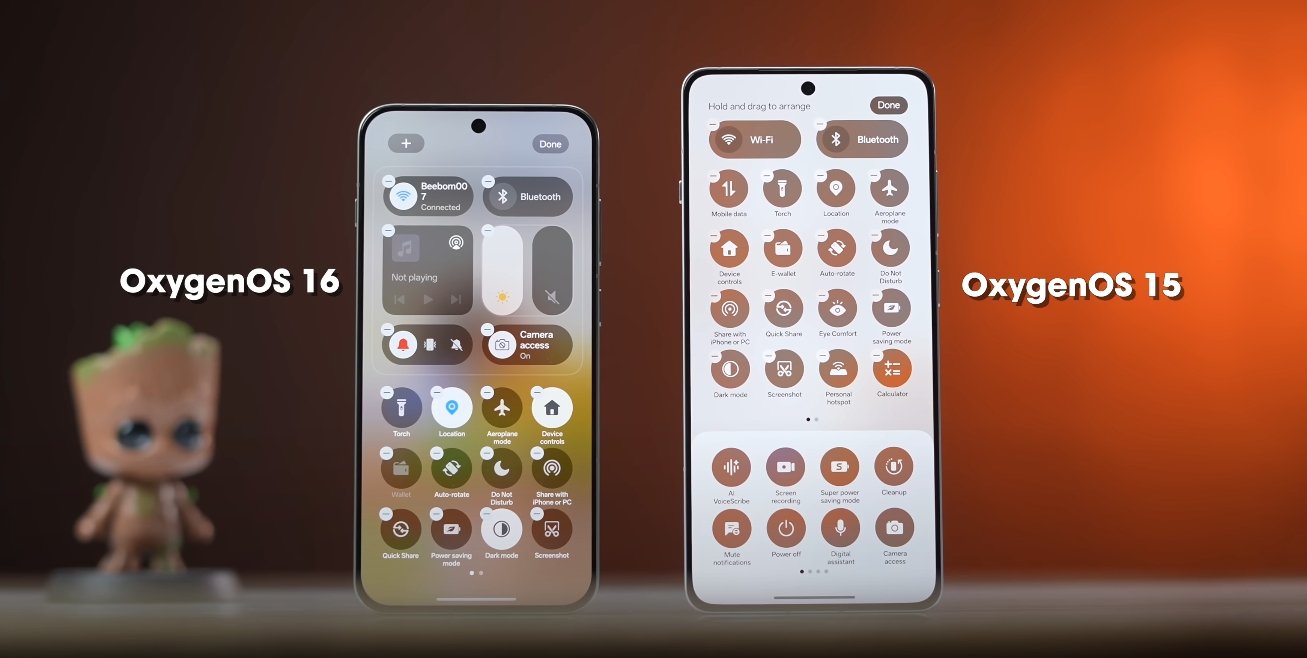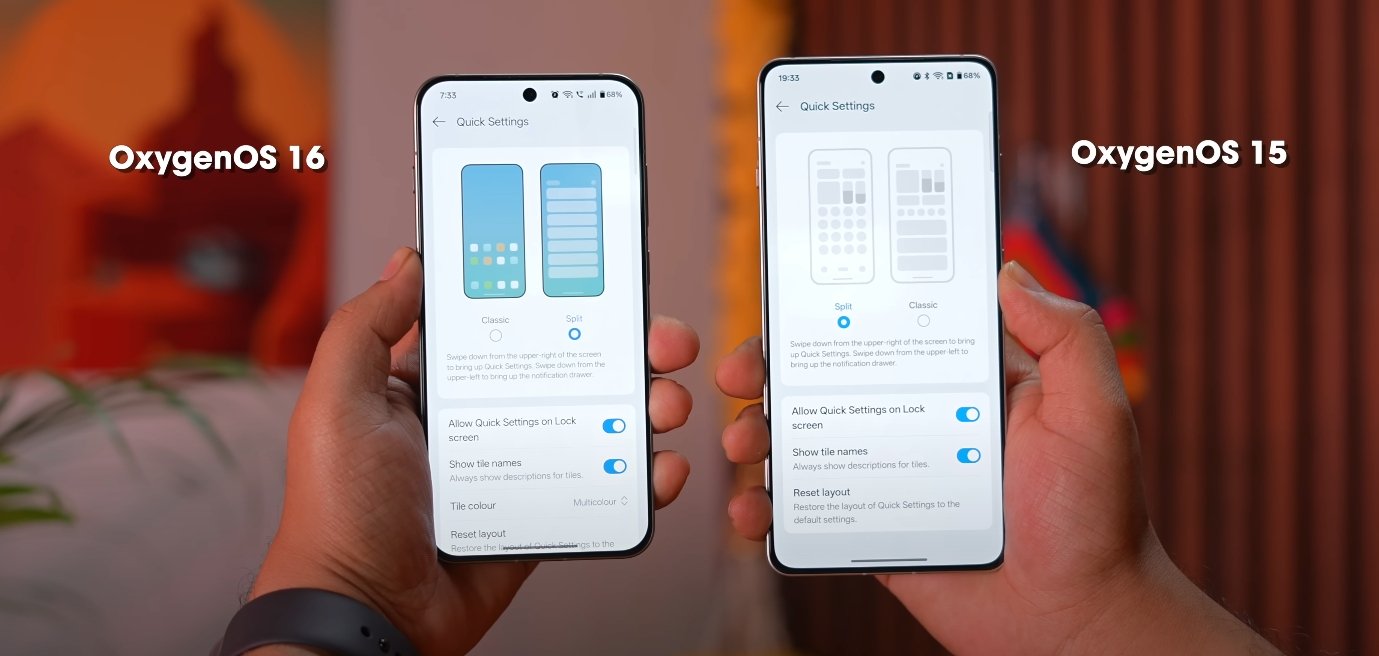OxygenOS 16 Boosts RAM Management and Multitasking Efficiency
OxygenOS 16, the latest Android 16-based update for OnePlus devices, introduces significant improvements in RAM management and multitasking performance. These enhancements aim to provide users with a smoother, more responsive experience, especially during demanding tasks like gaming, video editing, and running multiple apps simultaneously. Real-world testing shows that OxygenOS 16 manages system resources more efficiently, reducing app reloads and improving overall device fluidity.
A major highlight of OxygenOS 16 is its enhanced RAM management system. The update introduces a “zero-lag engine” that dynamically allocates CPU and GPU resources depending on the task at hand. This ensures that foreground applications receive priority while background processes are minimized without being entirely closed. Users experience fewer app reloads, faster transitions, and consistent performance even when several applications are running simultaneously. The system also uses memory compression techniques that allow the device to hold more apps in active memory without significant slowdowns.
Multitasking capabilities have been refined in OxygenOS 16. The split-screen mode has been upgraded to allow seamless operation of two apps side by side. Users can watch a video while browsing the web or take notes while messaging, with minimal performance impact. The app switcher interface has also been optimized for speed and intuitiveness, enabling quick access to recently used apps. The improved RAM handling ensures that apps remain ready in memory, reducing the time spent waiting for reloads and making multitasking more efficient.

Real-world tests reveal that OxygenOS 16 handles intensive workloads exceptionally well. For example, gaming while running social media apps in the background does not cause noticeable lag or stuttering. Switching between multiple high-demand apps such as video editors, browsers with multiple tabs, and streaming platforms is smooth, with the system efficiently distributing resources to maintain responsiveness. Users report that even after long sessions of heavy multitasking, the device remains fluid, with no unexpected slowdowns or crashes.
Another aspect of the update is intelligent background app management. OxygenOS 16 identifies apps that are inactive or consuming unnecessary resources and limits their activity without shutting them down completely. This approach ensures that critical tasks receive enough memory and processing power while extending battery life and maintaining system stability. Compared to previous versions like OxygenOS 14, users notice a significant reduction in background app closures, which results in a more seamless experience when returning to previously used apps.
Performance during high-demand tasks also sees substantial improvements. Video editing, graphic-intensive gaming, and multitasking between multiple apps are smoother thanks to optimized memory allocation and system-level enhancements. Users have noted that system animations, app openings, and gestures remain fluid even under high memory usage. This is particularly beneficial for power users who frequently rely on their devices for productivity or creative work.
The combination of improved RAM management and multitasking in OxygenOS 16 contributes to a more consistent and reliable user experience. Tasks that previously caused slowdowns or temporary system freezes now run more predictably. The OS intelligently balances memory, CPU, and GPU resources, ensuring that all applications—whether running in the foreground or background—function efficiently without degrading overall performance.
In addition, OxygenOS 16’s system optimizations extend beyond multitasking. The update reduces unnecessary background activity, improves app caching, and prioritizes memory usage for active tasks. These enhancements not only improve responsiveness but also contribute to better battery efficiency, as apps and processes consume only the power needed for their current activity. Users report that devices running OxygenOS 16 feel faster and more stable in everyday use, even after prolonged heavy usage.
Overall, OxygenOS 16 marks a significant advancement in how OnePlus devices handle RAM and multitasking. By implementing dynamic resource allocation, memory compression, and improved multitasking features, the OS provides a smoother, more responsive experience. Users can enjoy uninterrupted gaming, efficient productivity workflows, and seamless app switching without the frustrations of slow reloads or background app closures. The update demonstrates OnePlus’s commitment to enhancing device performance and usability through intelligent system design, ensuring that OxygenOS 16 delivers a superior, reliable, and efficient user experience.
Also Read: Oppo Find X8 Ultra vs Realme GT 7 Pro specs battle








